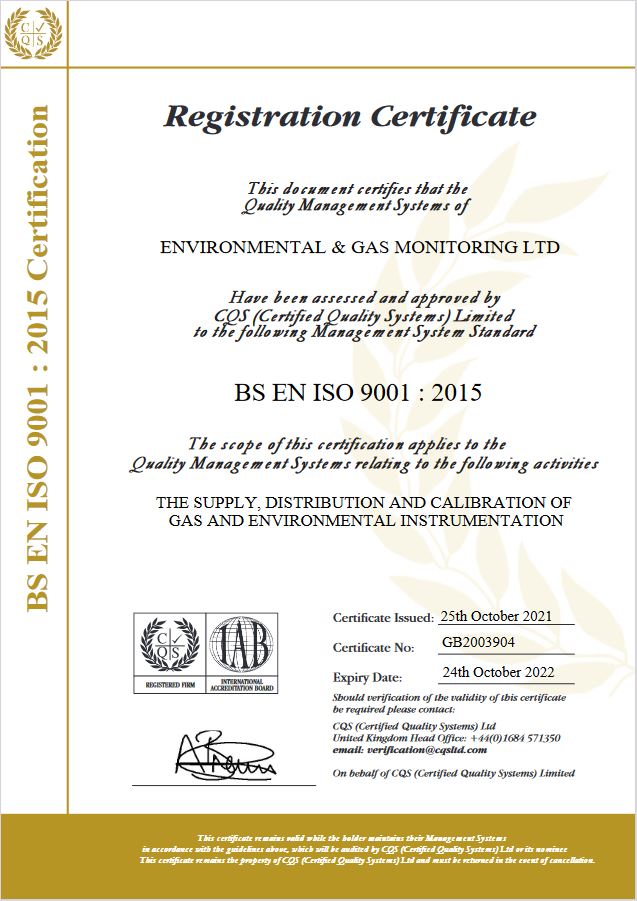Standards for quality actually date back to medieval Europe, when craftsmen took it upon themselves to form guilds in the late 13th century. These guilds went on to develop strict rules for the quality of their products or services, and those craftsmen who passed the test were able to distinguish themselves with a special mark, or symbol.
Goods could be marked a second time too, and this time the mark identified those craftsmen with a good reputation – or early customer service! Inspection marks and master craftsmen marks were proof of quality in medieval Europe for hundreds of years – in fact, right up until the Industrial Revolution in the 19th century.
The new scale of industry at this time led to factories separating different trades into specialisations, and craftsmen gradually becoming absorbed into those factories and their mass production of goods. Quality in factories continued to be ensured through a skilled workforce and regular inspections.
Then, at the beginning of the 20th century, businesses started to include a tracking of process in quality practice. A process is defined as a group of activities that take an input, add value to it, and create an output. Industrial processes were gradually refined until quality was defined not only by the finished product, but also the processes used to make it.
Around this time, an American called Walter Shewalt looked at the way that industrial processes yield data. He determined that this data could be analysed using statistical techniques, and in so doing he moved us closer to ‘control charts’, which are still used today as an important quality tool.
Industrial competition increased, and quality became even more important. CEO’s of major companies led the way in a new quality movement. They began to realise that a use of statistics could include their entire staff for a clear picture of their organisation, and this approach became known as Total Quality Management, or TQM. Other quality initiatives followed - for example, the ISO 9000 series of quality management standards were first published in 1987.
In the 21st century, quality has gone from strength to strength. New systems have evolved, with an increased focus on risk management, customer satisfaction and business results. Certification has also moved from just the manufacturing sector to areas such as service, healthcare, education and government.
At EGM, we’re very proud to have received our latest certificate. It’s a simple piece of paper, but it takes dedication to keep our commitment to quality as sharp as ever. ISO 9001:2015 gives all our customers, large and small, complete confidence in us, and our engineers faith that they continue to provide the very best service.
